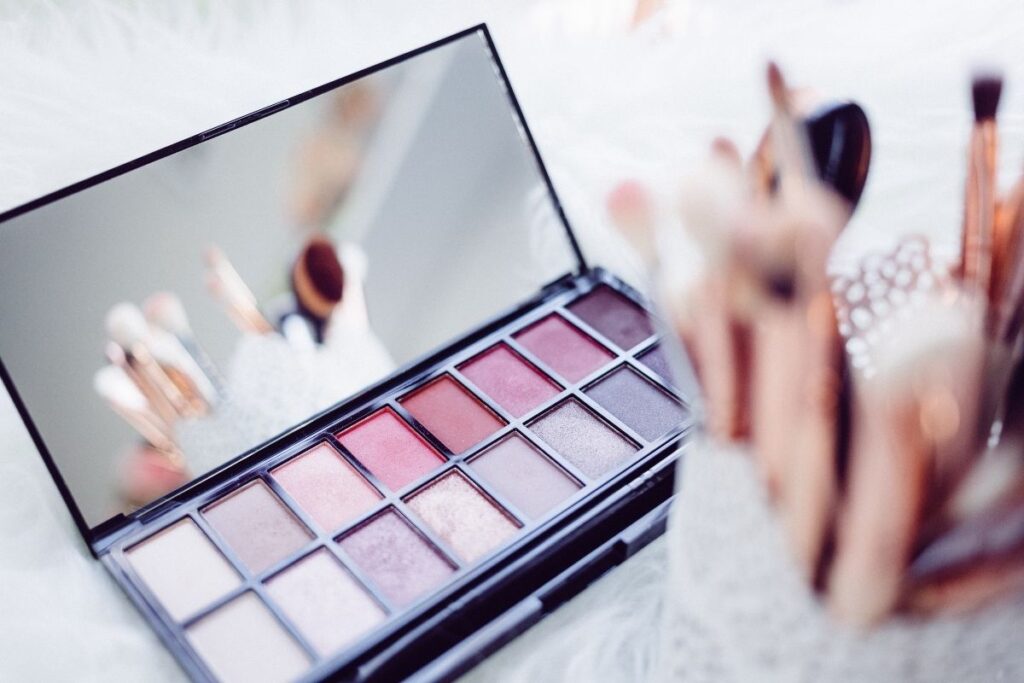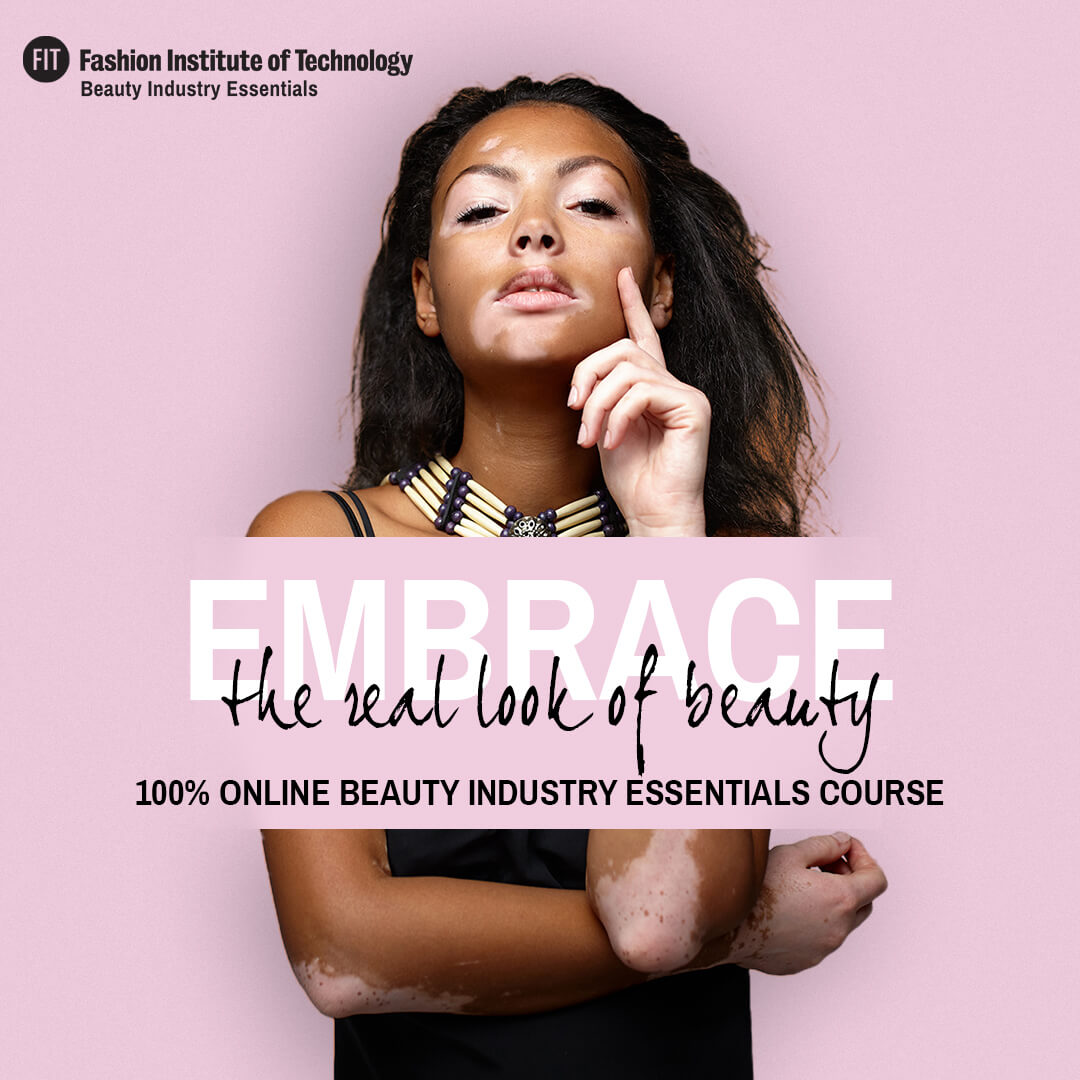A beauty marketing campaign can make or a brand or a product launch. To successfully sell a product, a brand must understand it’s consumer base. Market segmentation is one of the tools brands and marketers rely on. Meeta Roy, professor at Fashion Institute of Technology and Beauty Industry essentials contributor, discusses the different types of segmentation and how they can impact your marketing strategy.
Watch the full video to learn about:
- How market segmentation impacts beauty marketing.
- The difference in strategy for niche brands and mass brands.
- The importance of psychographic segmentation.
How Do Brands and Companies Pick a Target Customer?
Take a deeper dive into the first part of the marketing process: identifying and analyzing your target customer. “One of the most important parts of marketing is what we call market segmentation,” says Professor Roy. “What that means is we divide a population of people into smaller, manageable groups that we can market to. You can’t make one marketing message for everyone.” To properly select your target customer, consider the following questions: is it best to go for the biggest market you can find? Is it a mass positioning that you want to market to? Is it a product that many people are going to buy?
Beauty Marketing for Smaller Brands
Some brands have a smaller target market, but deliver a more niche product. “Covergirl is an example of a mass cosmetics brand. It’s mass because you can find it in many places, including drugstores,” Professor Roy explains. “A niche product is not available everywhere, but may be in a premium or high end retailer like Sephora or a department store.” In cosmetics and fragrance, there is also a niche category. “That’s a limited product for a very small target market. Those are more luxurious products. An example would be Diana Vreeland Parfumes,” says Professor Roy.
“Once you’ve worked on figuring out what positioning of the market you want to address, you want to break down that market into segments,” she continues. “The different segments that we use in marketing are demographic, geographic, psychographic, and behavioral or usage segmentation.”
A demographic segmentation refers to anything that we can find out about a customer basically that you can learn about on a census such as age, gender, household income, and ethnicity or race. “These are all demographic pieces of information that marketers use when they are developing a target market.” says Professor Roy.
Location and Beauty Marketing
A geographic segmentation focuses on what part of the world or region of the country someone lives in. “The purpose of geographic segmentation is simple. Someone with the exact same demographic information is going to have a different lifestyle depending on whether they live in Portland, Oklahoma City, or Miami,” explains Professor Roy. “A psychographic segmentation really focuses on: what does this consumer care about? What does this consumer think about?”
In beauty marketing, it is important to look beyond numbers or statistics. For market segmentation to work as intend, once must understand the values and opinions of a brand’s target customers. “The behavioral segment, or usage segment, helps us understand what do those values and opinions lead people to do? What is their behavior? What is their media consumption? These are all really important aspects of trying to understand your target customer so that you can develop a product that’s going to be right for them,” says Professor Roy.
To learn more about the core principles of beauty marketing, check out Beauty Industry Essentials.




